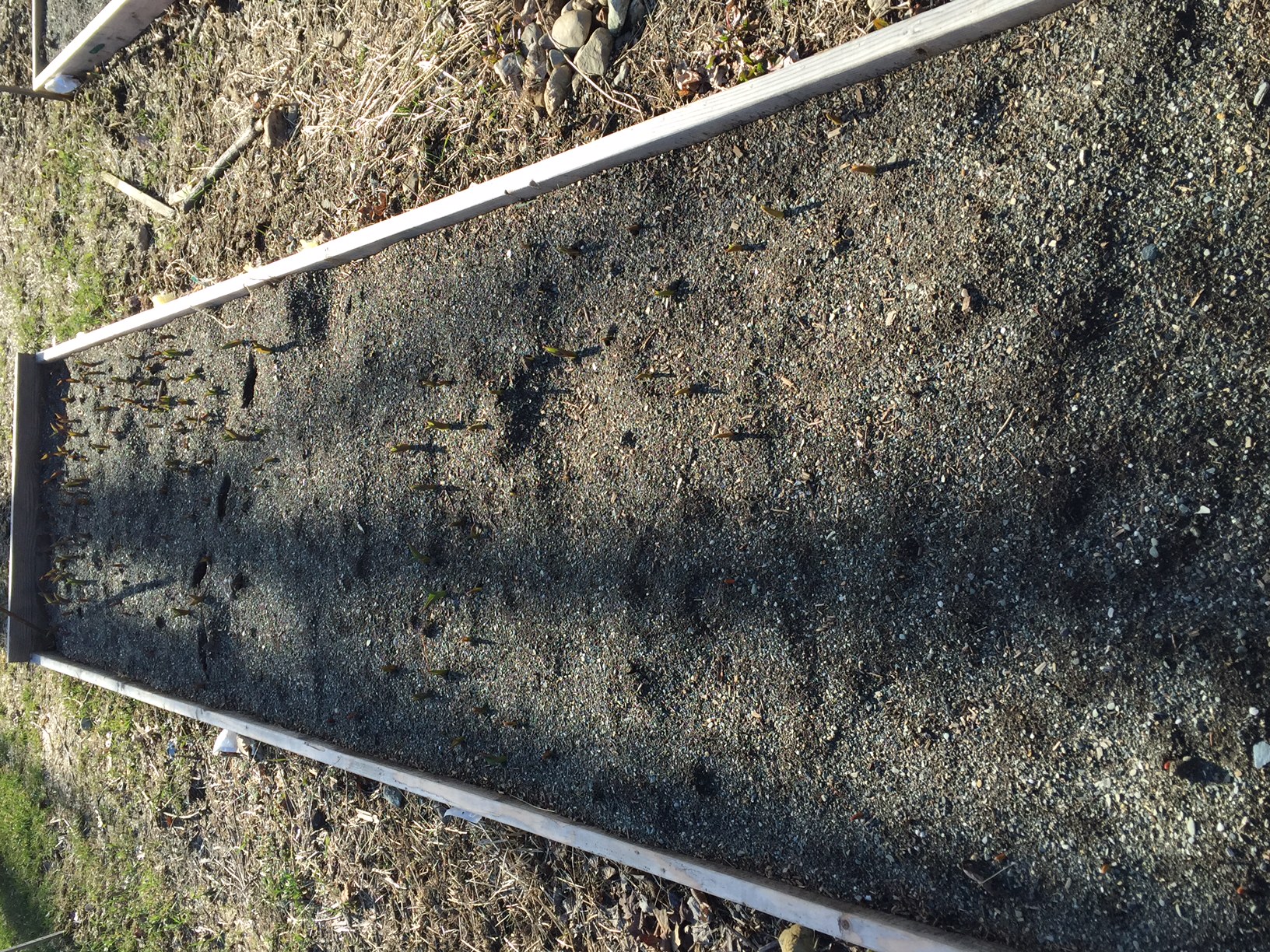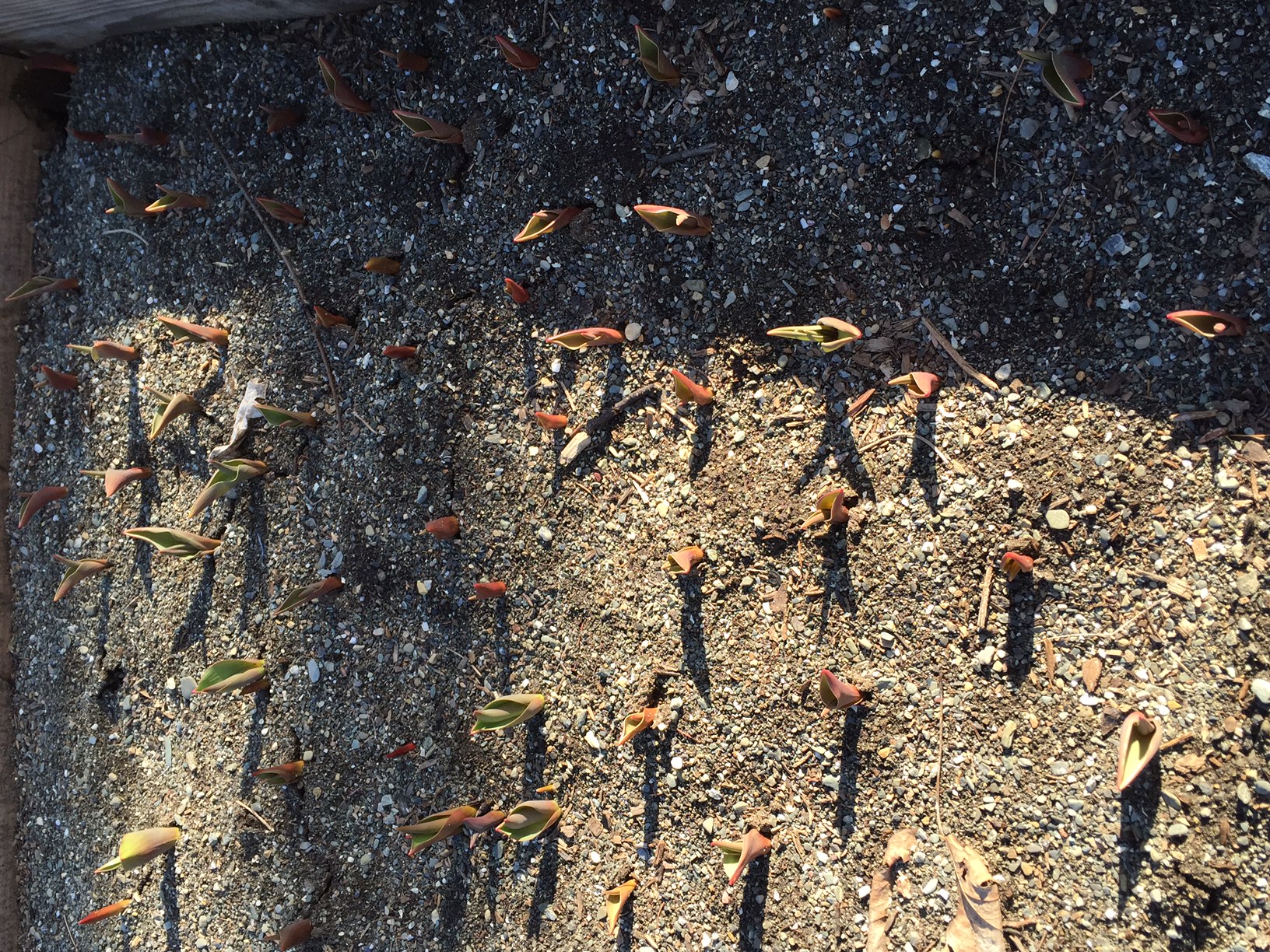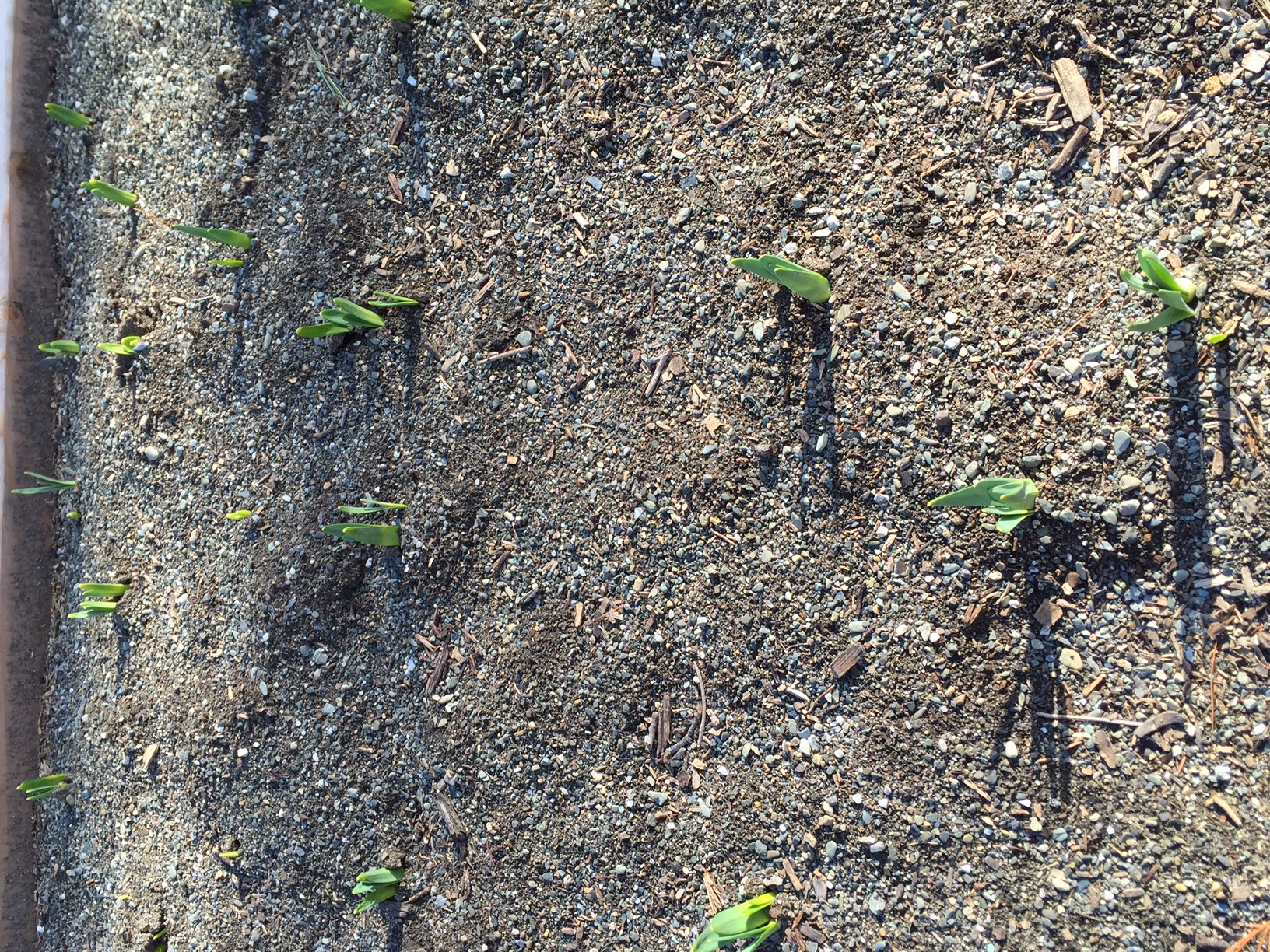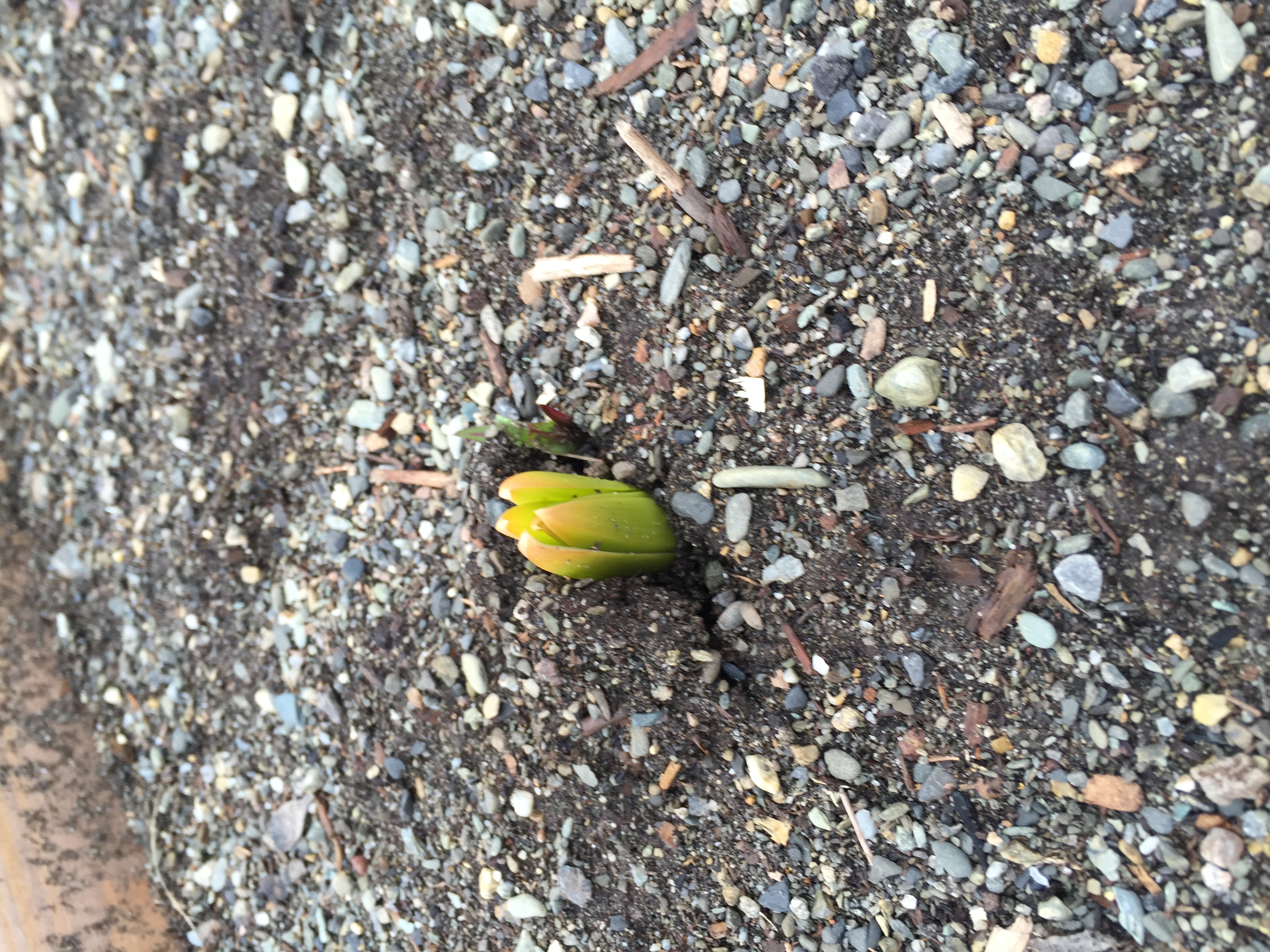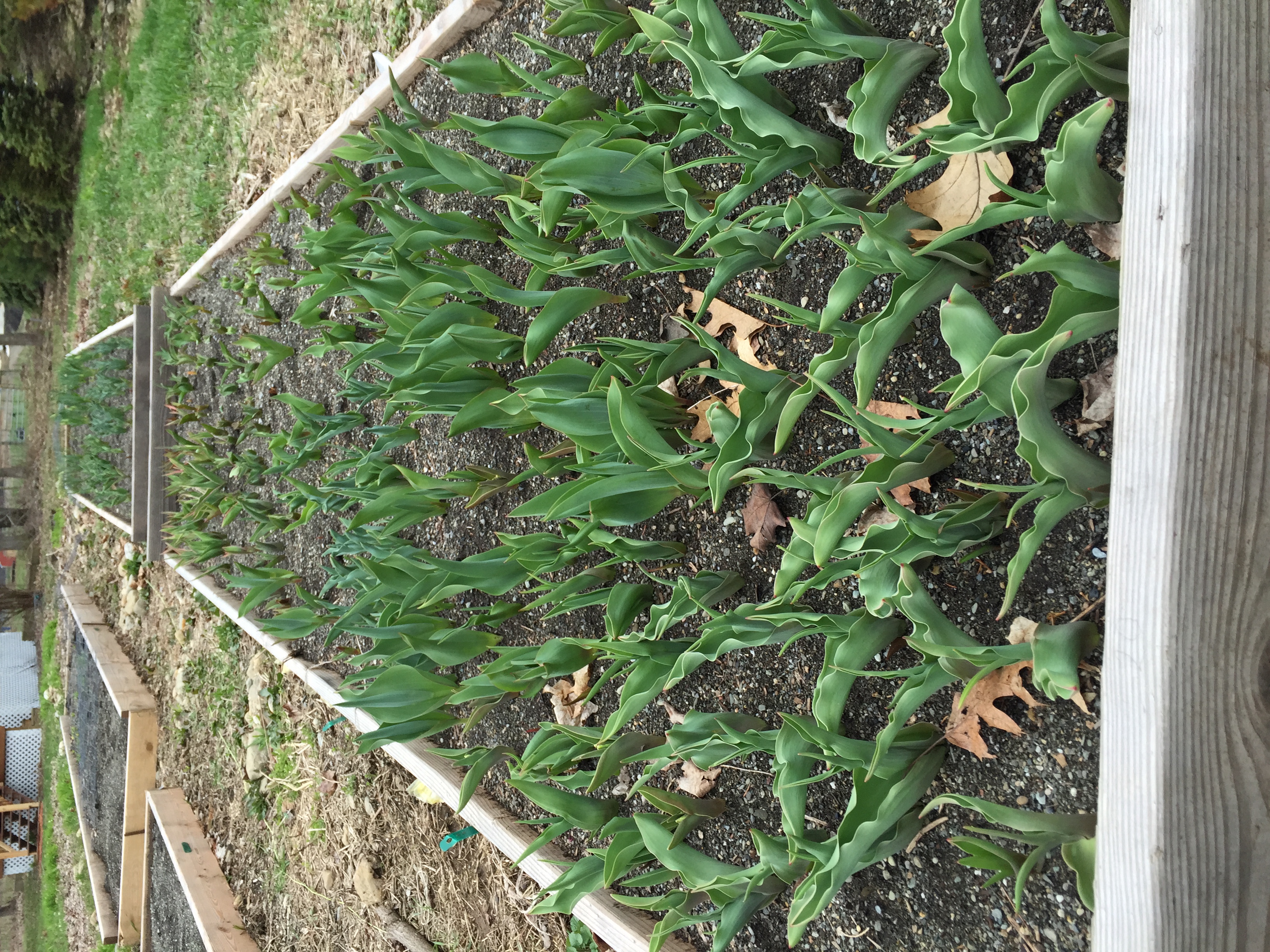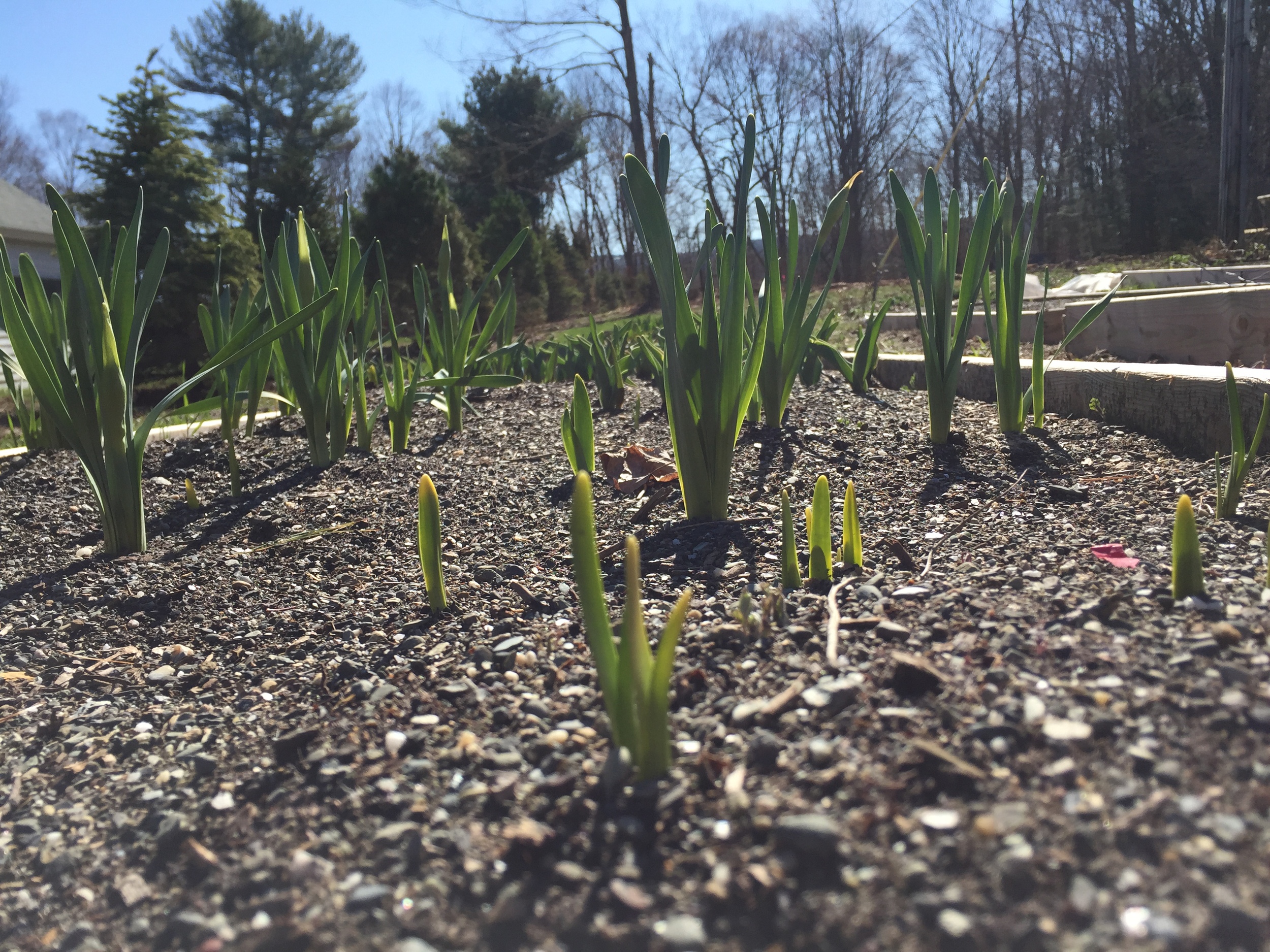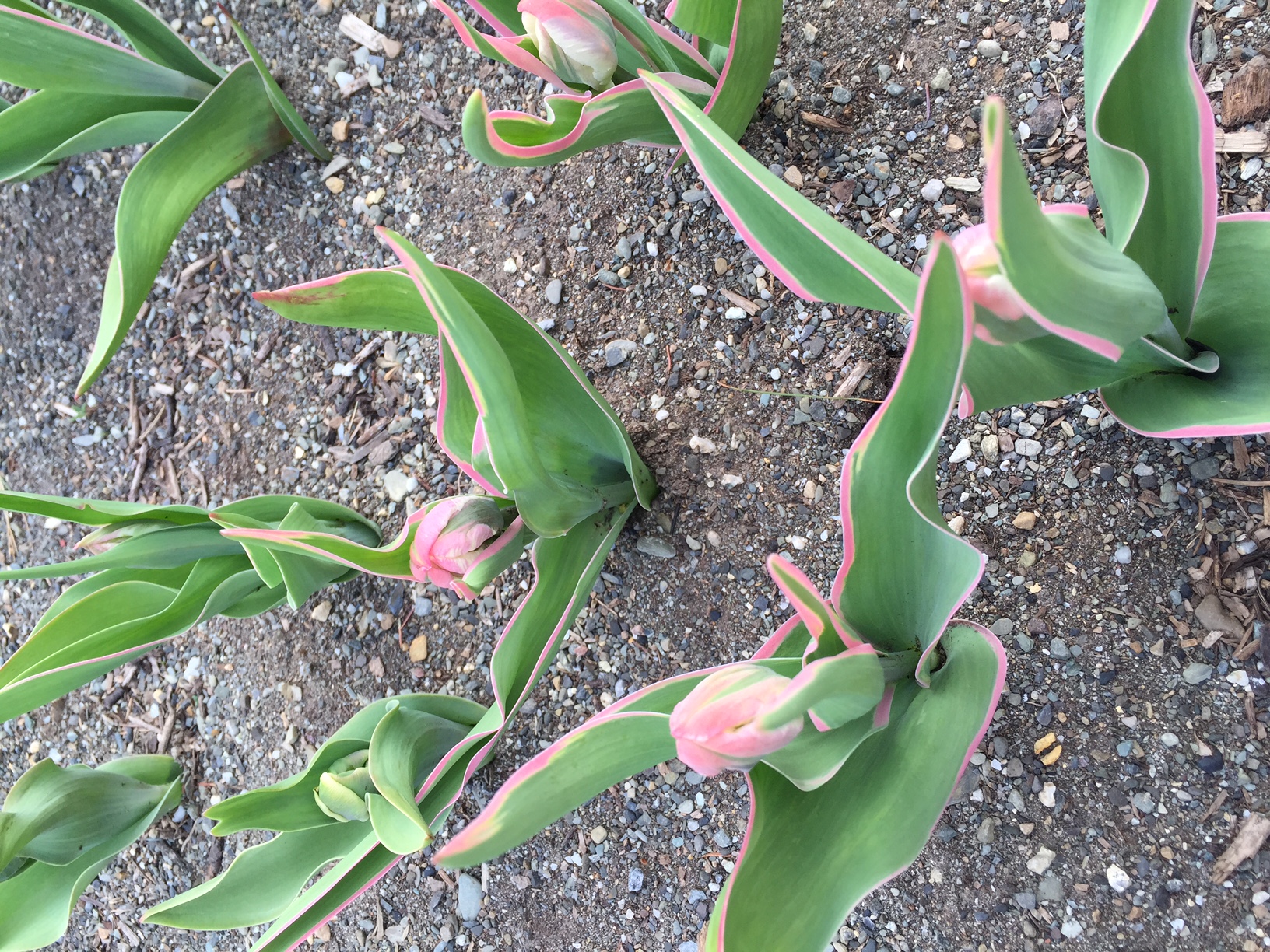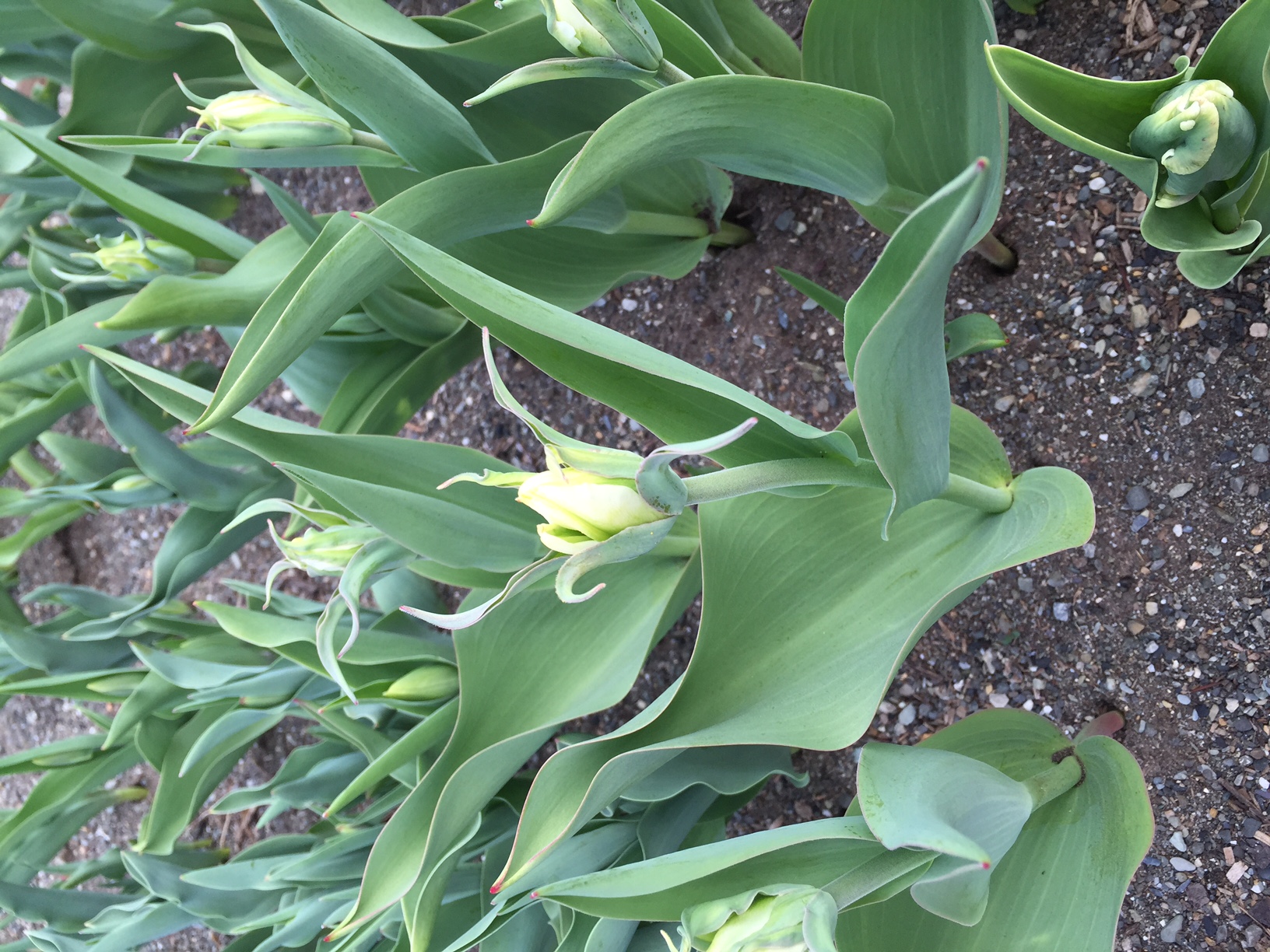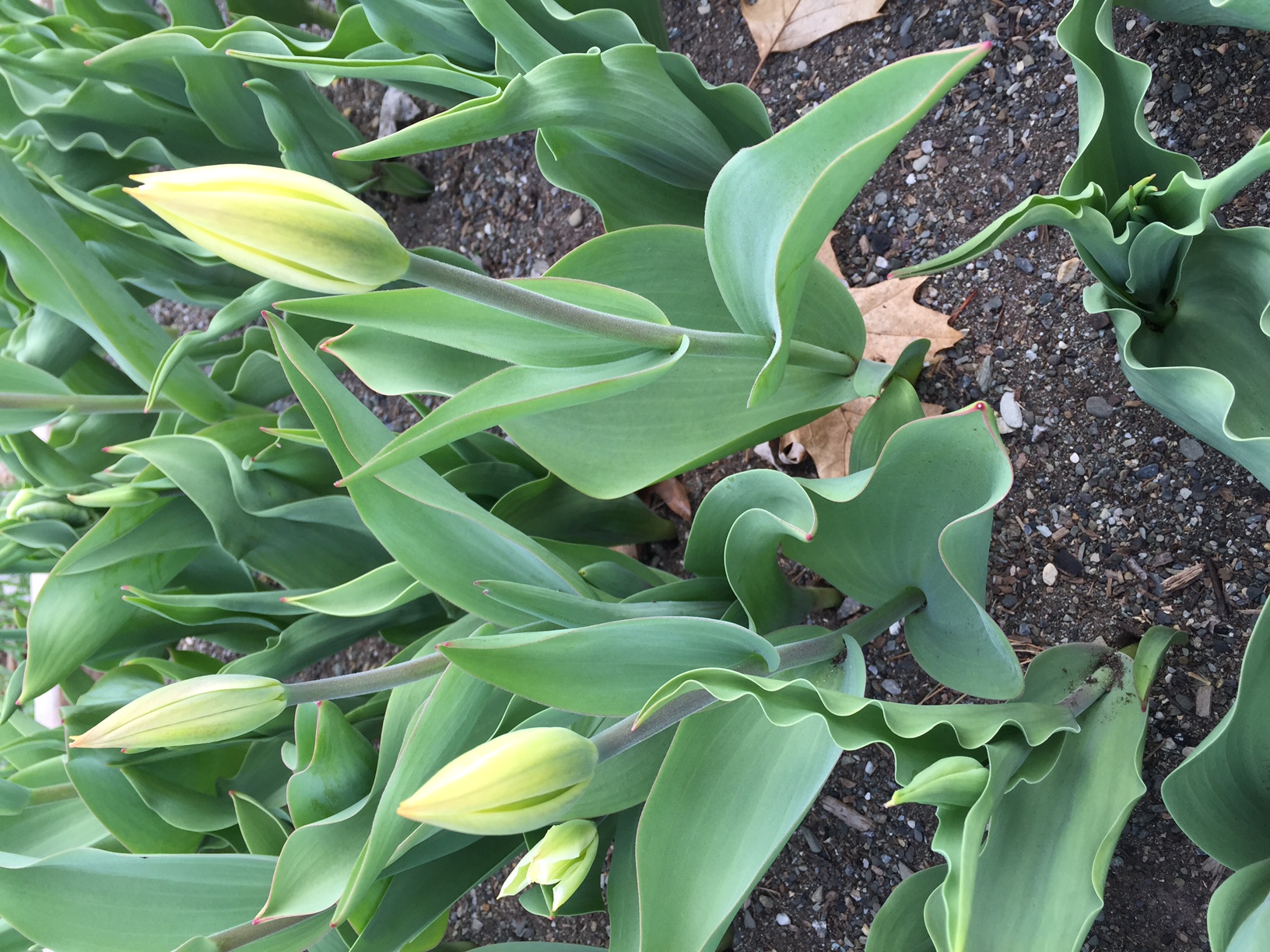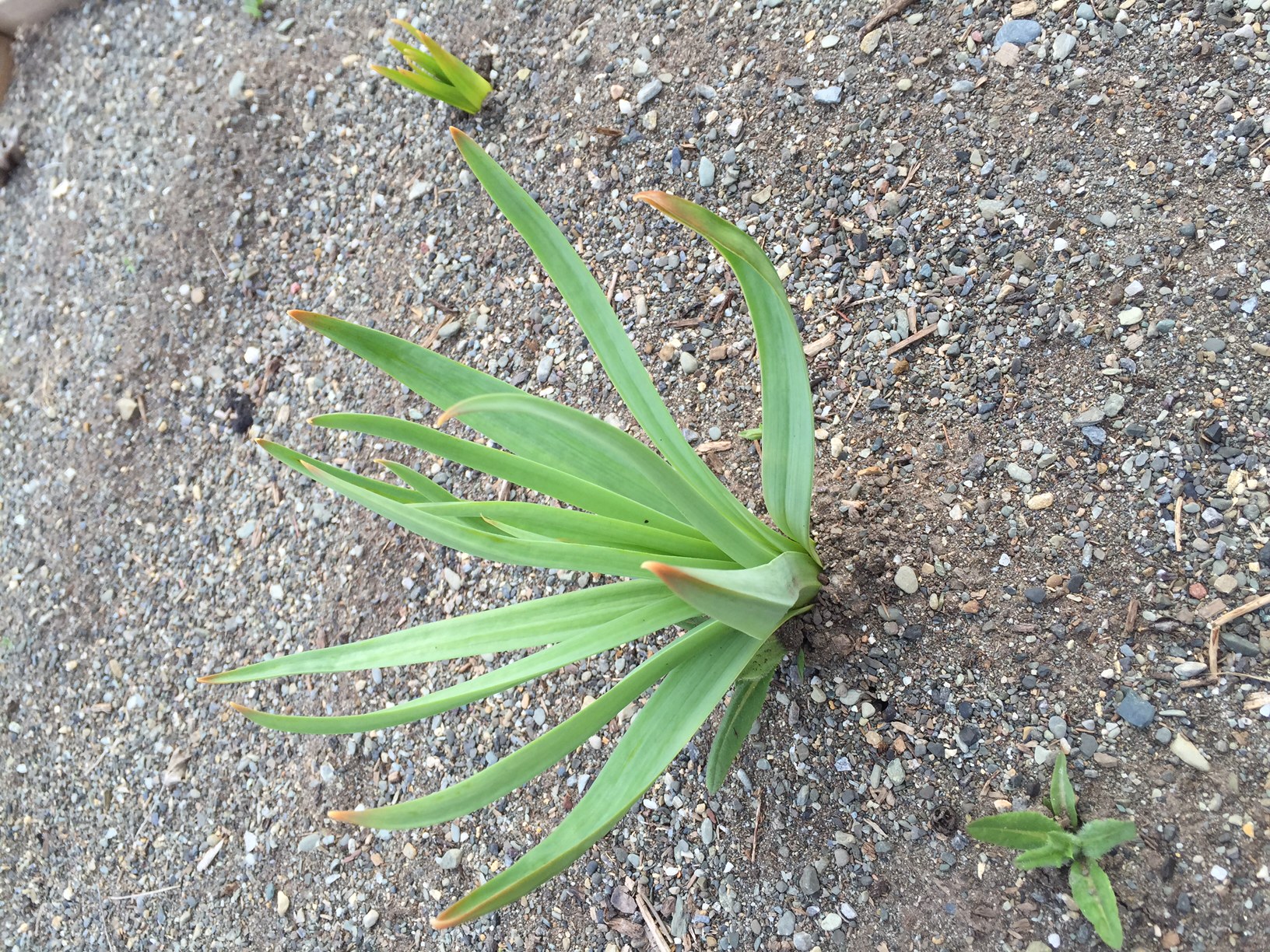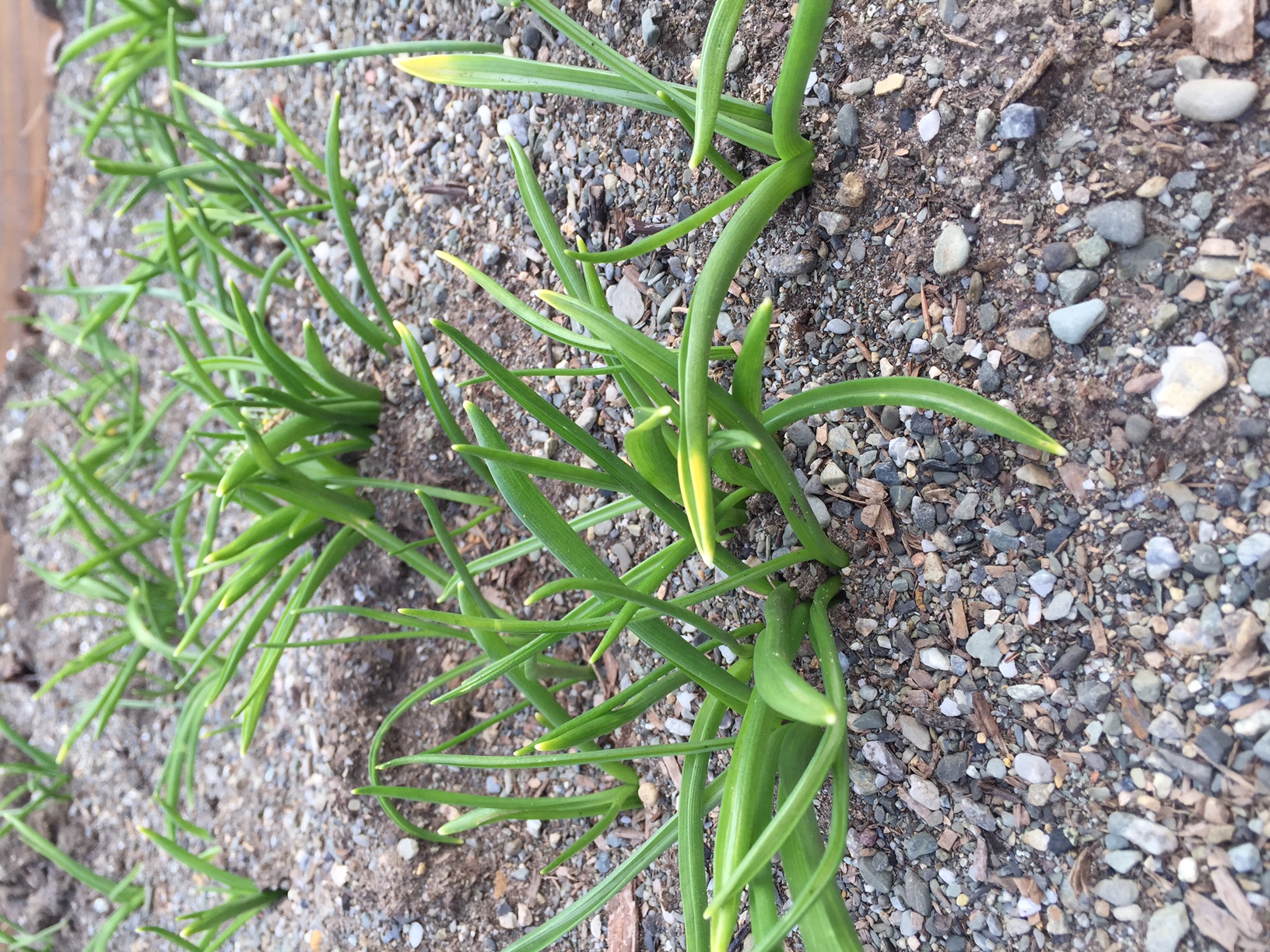What's Bloomin' Today
Spring is here in full force and it seems like any direction you turn there is a feast for the eyes. Now, please keep in mind that this is our first year in the flower farm ramp up so we are still looking a bit floral anemic but progress is progress and the perennials we plant this year will make spring next year that much more impressive.
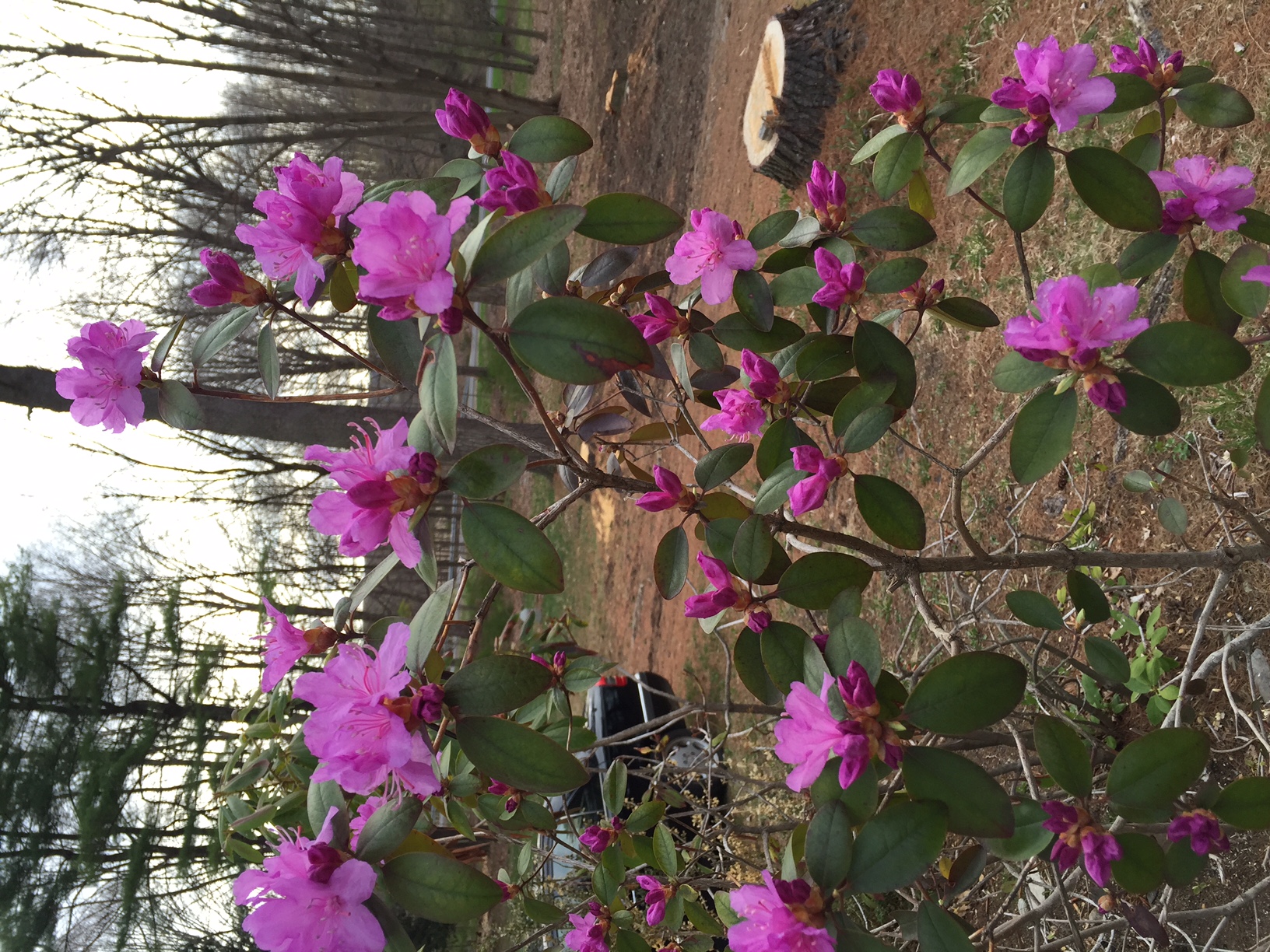

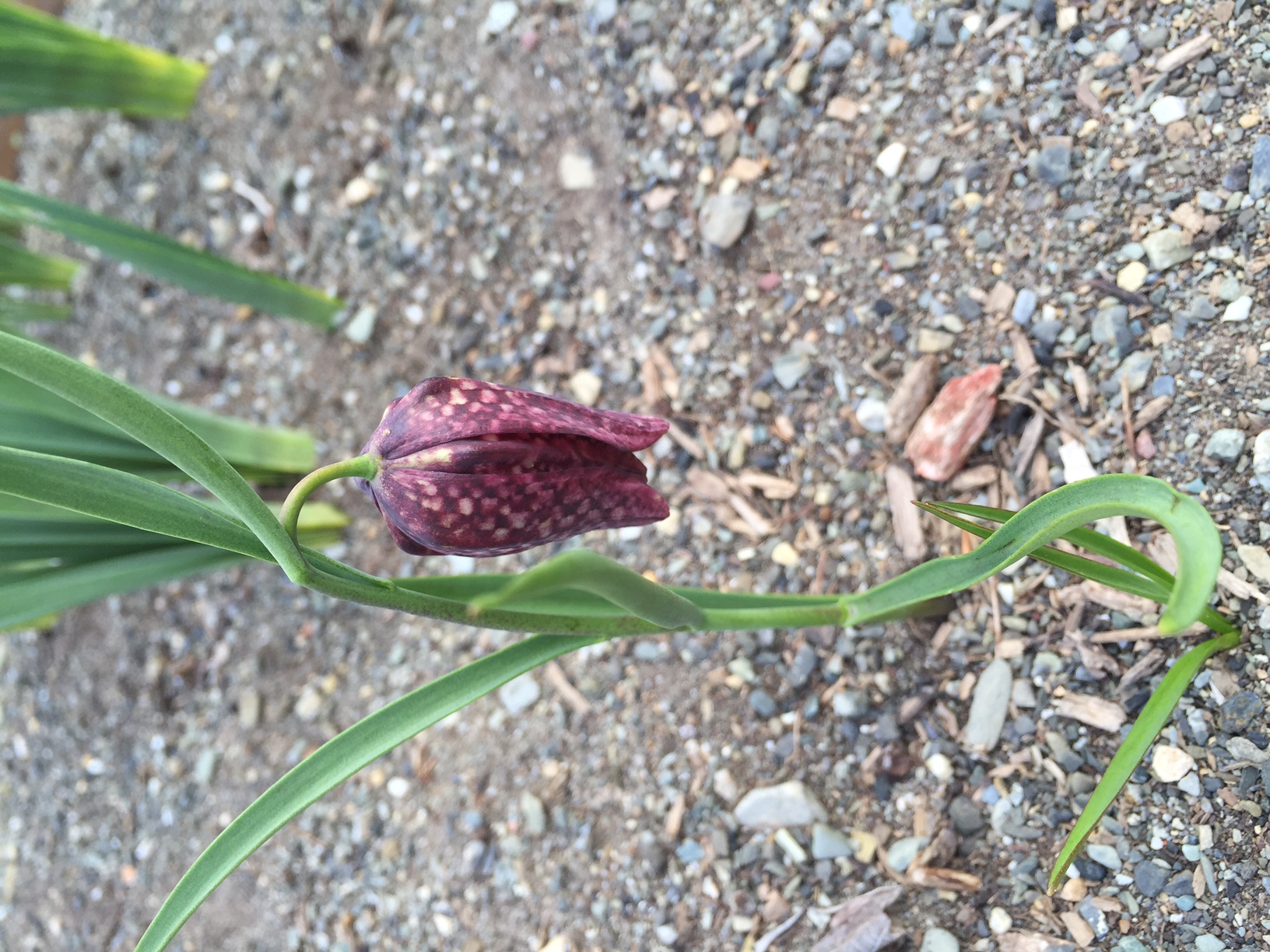

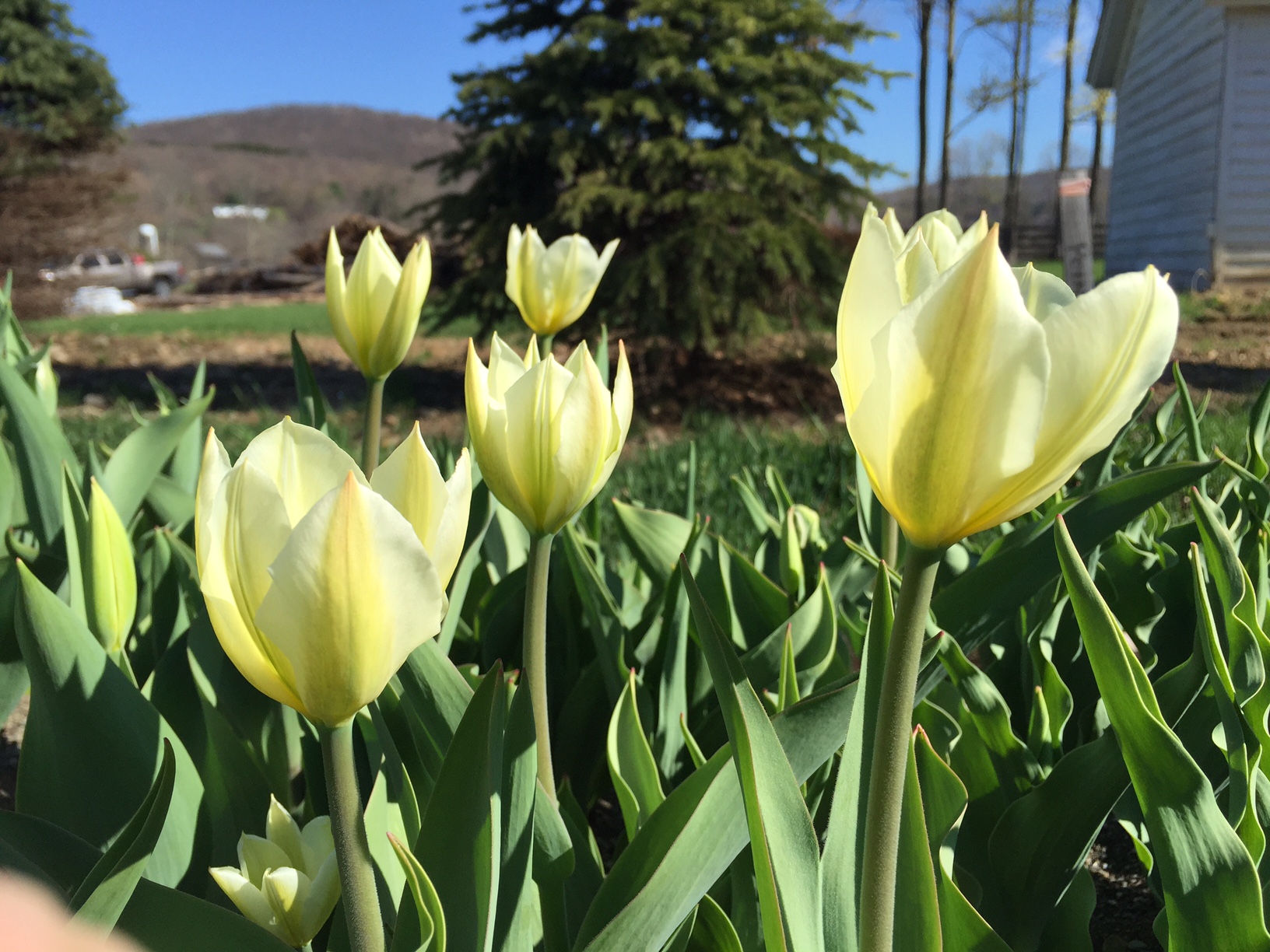
And let us not forget our indoor tropical beauties.....

